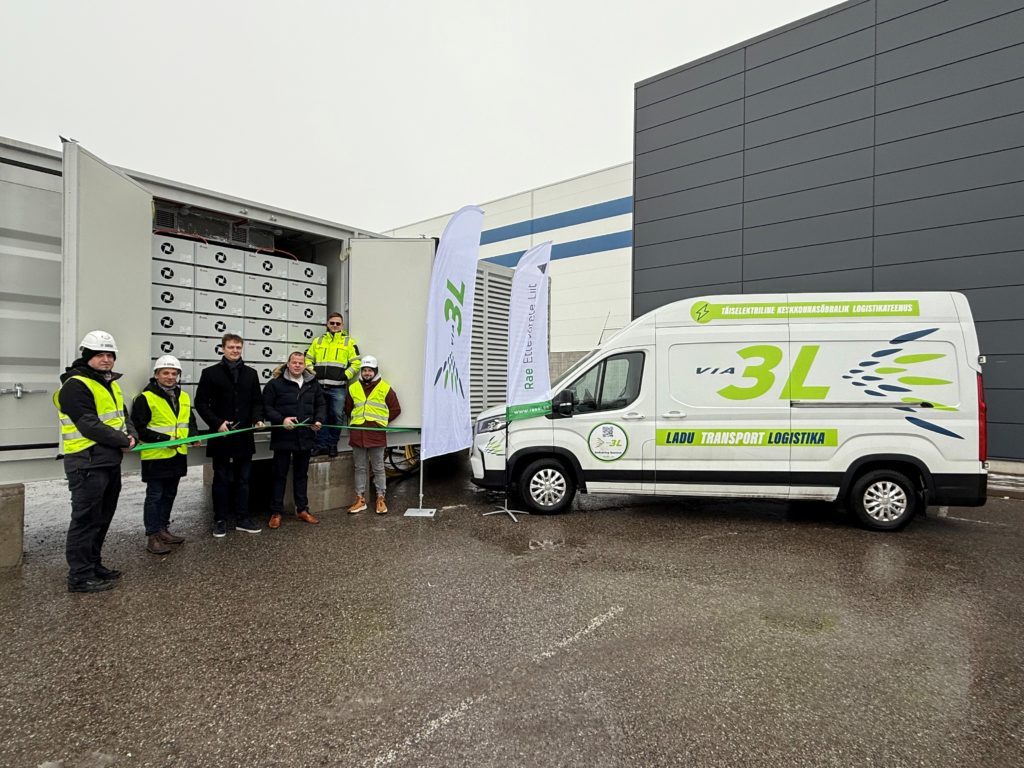Solar energy
Return on investment and subsidies for a solar power station

Production analysis
Investment in solar panels, like most investments in energy production, is long-term. The useful life of solar panels is considered to be 25–30 years, when their remaining efficiency is expected to be 80–85%. At the same time, newer technology is likely to be available by then to replace the existing system.
We want to make the calculations for this long-term investment as accurately and openly as possible. For this purpose, we use a specific solar electricity simulation software program PV*Sol Premium, which allows detailed analysis of production and return on investment. In addition, we use the software of the mounts and inverter manufacturers to select the best possible solution for our customers.
We find that our greatest strengths lie in the fact that we conduct detailed analyses instead of using generalised source data.
The advantages of our production and return on investment analysis simulation programme:
- The simulation programme includes virtually all the solar panels and inverters in the world. Their list and information are constantly updated. Thanks to this, we know exactly what different products offer and can select and combine the most suitable product solution.
- We have 25 years of climate data from various locations across Estonia.
- As the software has 3D capability, it allows us to simulate shaded areas. In addition to buildings, we can add other objects that create shade, such as trees and neighbouring buildings. It is especially important to take shade into account in the case of flat roofs, where rows of solar panels will start creating shade for one another if the sun is lower.
- It helps to find the optimal angle. You can see how much the different angle changes the output, and in the case of several rows of panels behind one another, you can also see the effect of shade on the rows depending on the angle and distance between the panels.
- It takes into account the decreased output of solar panels over time (degradation).
- The simulation programme also takes into account the losses of different cables based on their length, diameter, and material.
- It takes into account dirt, reflections, and many other parameters of the panels.
- Moreover, it compiles a detailed financial analysis. This includes the price of the product, loans with different interest rates, inflation, changes in the price of electricity, renewable energy subsidy, maintenance costs, etc.
The return on investment of solar power stations for private customers is usually between 9–14 years and for business customers 7–10 years. Return on investment is primarily determined by the cost of building a solar power station, the share of own consumption, and subsidies.
Subsidies
At the end of last year (i.e. 2020), paying subsidies for new solar-based production equipment was discontinued (see MEAC for more details). The currently available support measures are:
- Reverse auctions for electricity from renewable energy sources (see here for details)
- Investment grant for the diversification of economic activities in rural areas (see here for details)
- Factory reconstruction grant for the apartment buildings of Kredex (see here for details)
- Reconstruction grant for small residences of Kredex (see here for details)



